Laura Woodward: The power of public art
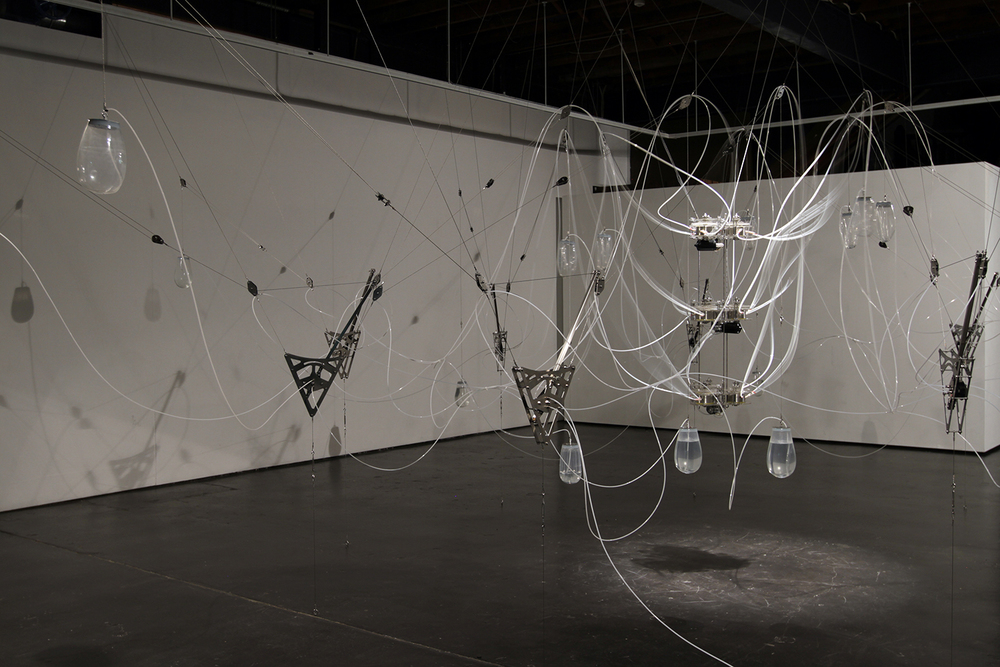
The prize-winning kinetic sculptor and artist tells how to balance teaching with art, and making a living from your passion
Published 2 June 2017
I always knew I wanted to be an artist. When I was a teenager I had a few years when I felt that it was perhaps not a sensible career choice, but then I met some artists who were actually surviving as artists. I also have parents who were supportive, and my mother particularly, who encouraged me to pursue art practice as a serious career choice. I was pretty lucky in that respect.
I always made things when I was a kid, but I didn’t think of them as sculpture. I drew a lot, and that’s the other direction my practice could have taken. When I was on exchange in Paris at 16, I saw a sculpture of a horse that I was totally and utterly taken with. I decided “I’m going to make a sculpture”, and when I came back to Australia I made my first large sculpture – a horse. That was where it started.
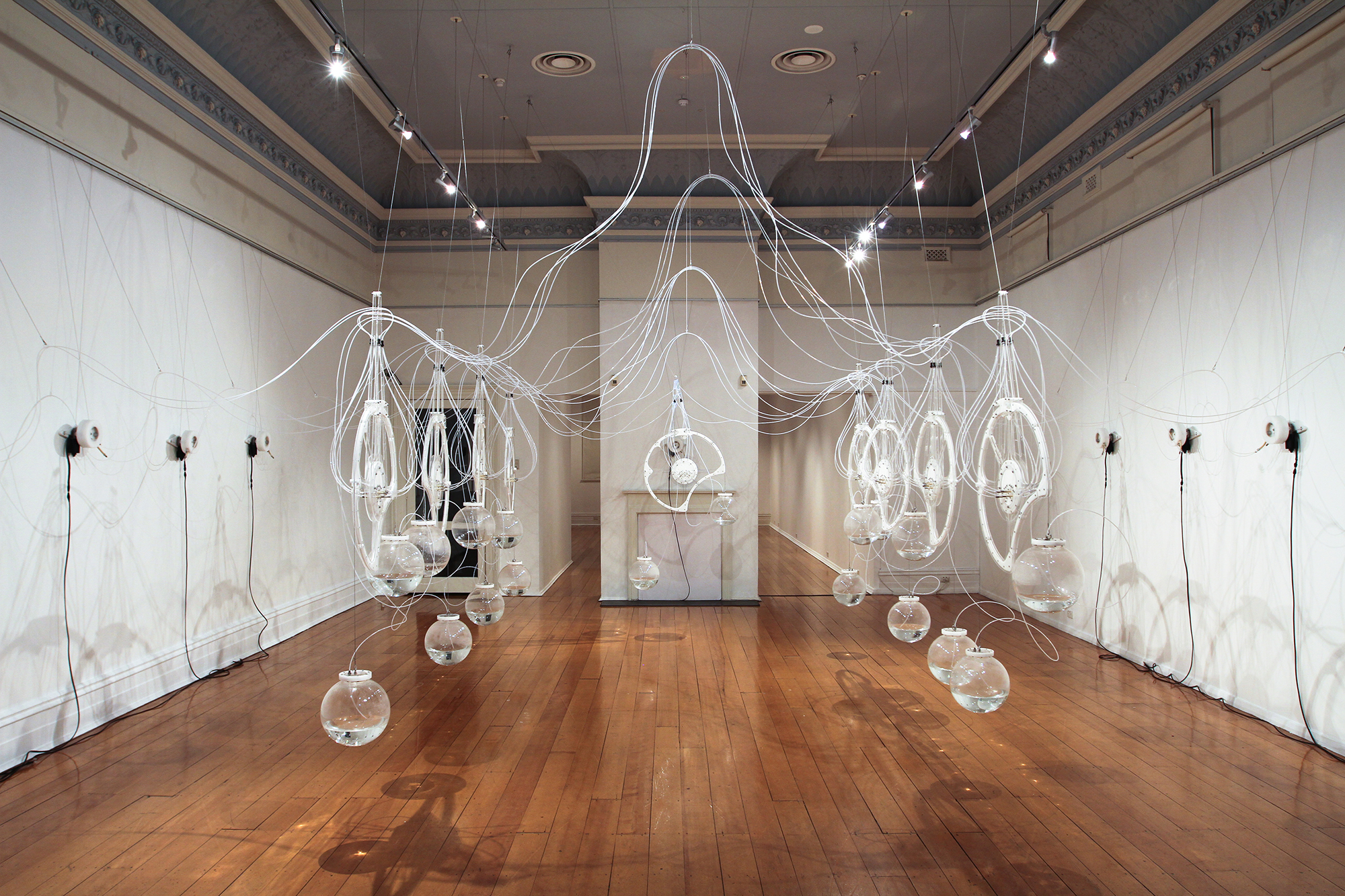
Towards the end of school, I met another artist, Anderson Hunt, who was actually making a living from his sculptural work. Meeting Anderson helped convince me that there was a future in my practice.
I combine my art practice with teaching at the Victorian College of the Arts. For me, there’s something valuable about the shift in headspace between the two. Over the years, as one’s artistic work develops, what you’re thinking about and working with tends to get tighter and more defined. But in teaching, you have to apply your problem-solving skills and ways of thinking to another person’s work and to what they are trying to achieve. That requires a flexibility and openness that is valuable to then take back to the studio.
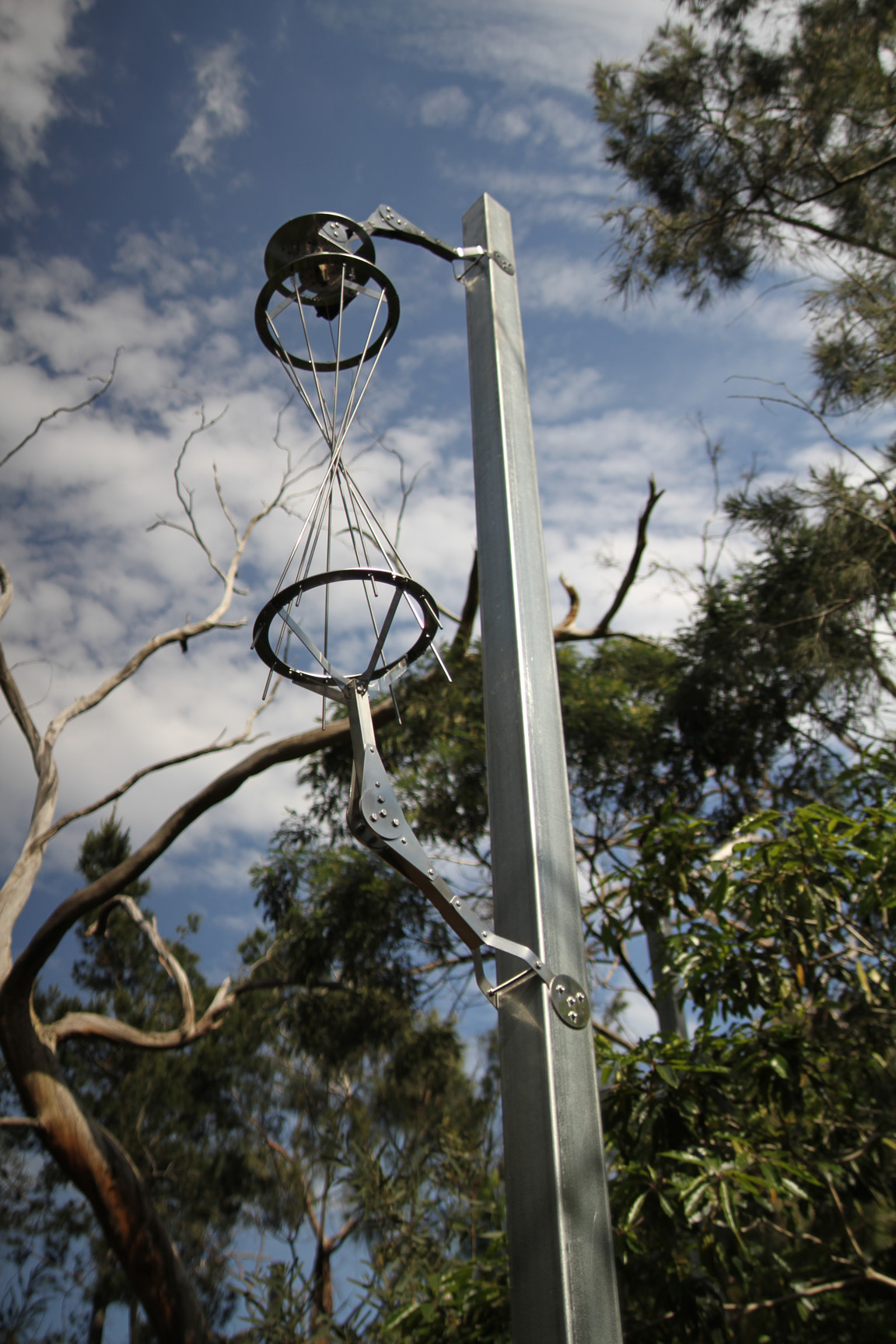
Quite often my kinetic works come from addressing something technical that didn’t work in a previous piece. It’s really about problem-solving and, if you’re a curious person, that brings its own momentum. The kinetic problem-solving provides a bigger set of things to deal with than the purely artistic.
I am compelled by what artwork can do in public spaces – how it can shift both the space and the experience. One of the benefits of making large public work is that I can employ and train other artists. Whether in public or a gallery, I’m always conscious of how the artwork engages with the space and its audience.
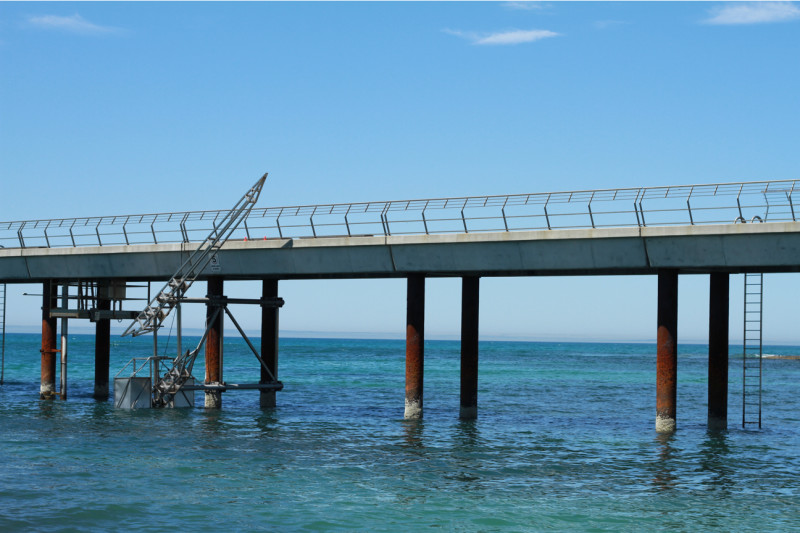
I’m currently working on a commission called Murmur for a new building that’s going up in Docklands, Melbourne. It needs to be delivered in a few months, so we’re coming to the pointy end. It’s a lighting-based work, with 20,000 strands of optic fibre, each one connected to an individual LED. The LEDs will be animated so that the tips of the fibre, we’re hoping, will create this sort of cloud of light points in the space. I am working on it with Jem Freeman, through our business, Like Butter.
I will sometimes go and hang out in galleries and other spaces where my work is showing, without people necessarily knowing I’m the artist. That can be disheartening but is more often enlightening and amusing. Once, at the Lorne Sculpture Biennale, I had a sculpture on the side of the pier that moved with the waves. I stood there listening to a fellow explaining in great detail to his friends how the sculpture was generating electricity … which it was not. Sometimes it can be really energising; on the last day of another show, a guy came in and sat in the corner of the gallery for an hour watching my work. Every time it moved and did its thing, he’d respond with, “Yeah!”. I was touched that he was enjoying it that much.
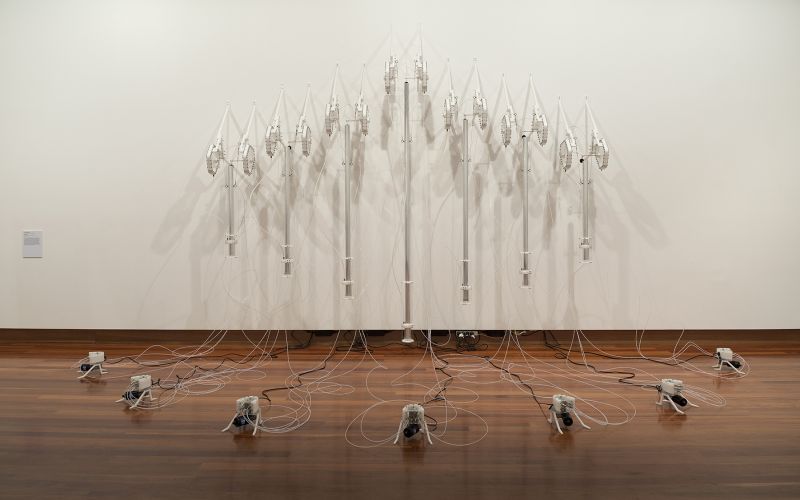
While half of my PhD at the VCA was a substantial dissertation, most of the testing of ideas happened through my studio work, so the research element was very embedded in the practice. The question at the heart of my PhD is one that still fascinates me: why do people respond in the way they do to sculptures that move? People that see my work would say things such as, “I felt it in my chest”, or have some other kind of physical reaction to it. So the last chapter of my dissertation was looking at empathy, and why that might be triggered in response to something that is not a living organism.
I run Ironside Studios in Kensington, which offers studios to a wide range of artists, designers, makers and other creatives. After finishing my Masters it became clear to me that it is very hard to find studio spaces where you can use power tools, so I started Ironside. Being able to produce the scale of artwork such as the work I am making for the Docklands project in my own studio is pretty great. Working there also means there are other people around, doing all sorts of work. There’s a palpable energy – and if you tend to work a lot, like me, the shared studio set-up means you still see other human beings!
– As told to Paul Dalgarno
This article was first published on the Victorian College of the Arts and Melbourne Conservatorium of Music’s ART150 website. Laura Woodward completed her PhD The Introverted Kinetic Sculpture at the Victorian College of the Arts in 2014, for which she was nominated for the Chancellor’s Prize for Excellence in the PhD Thesis. She currently teaches at VCA Art.
Banner image: Laura Woodward, Vessel, 2013. Stainless steel, silicone, water, pulleys, fasteners, stainless steel wire rope, santoprene hose, nylon hose, motors, dimensions variable. Picture: Laura Woodward and Jem Selig Freeman
